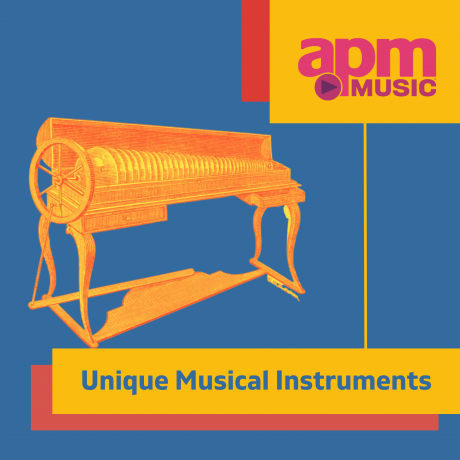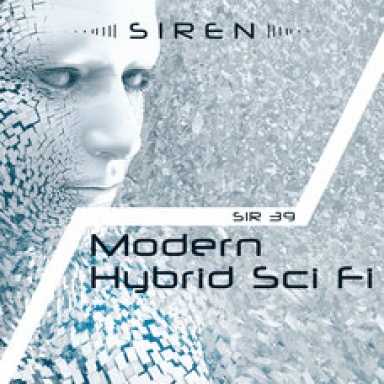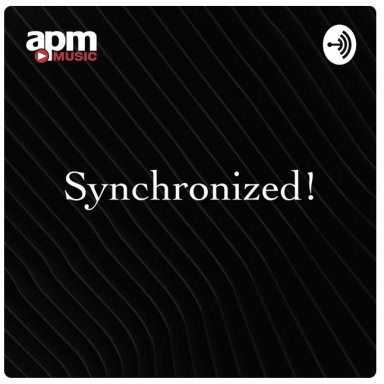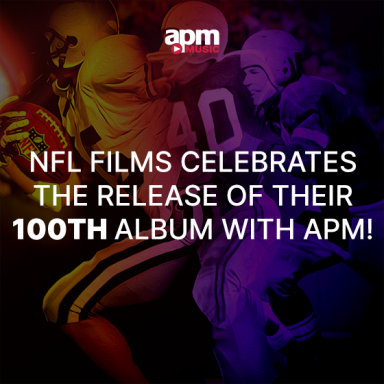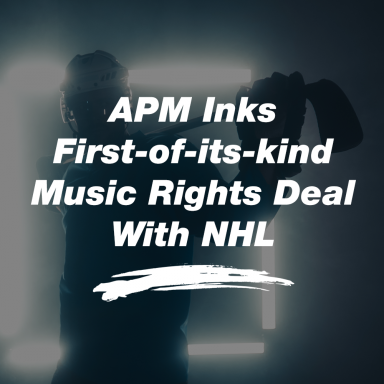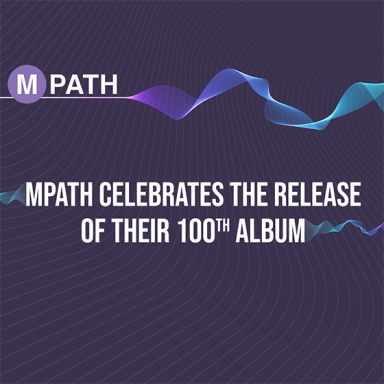Here is a List of Unique Musical Instruments Used in Production Music
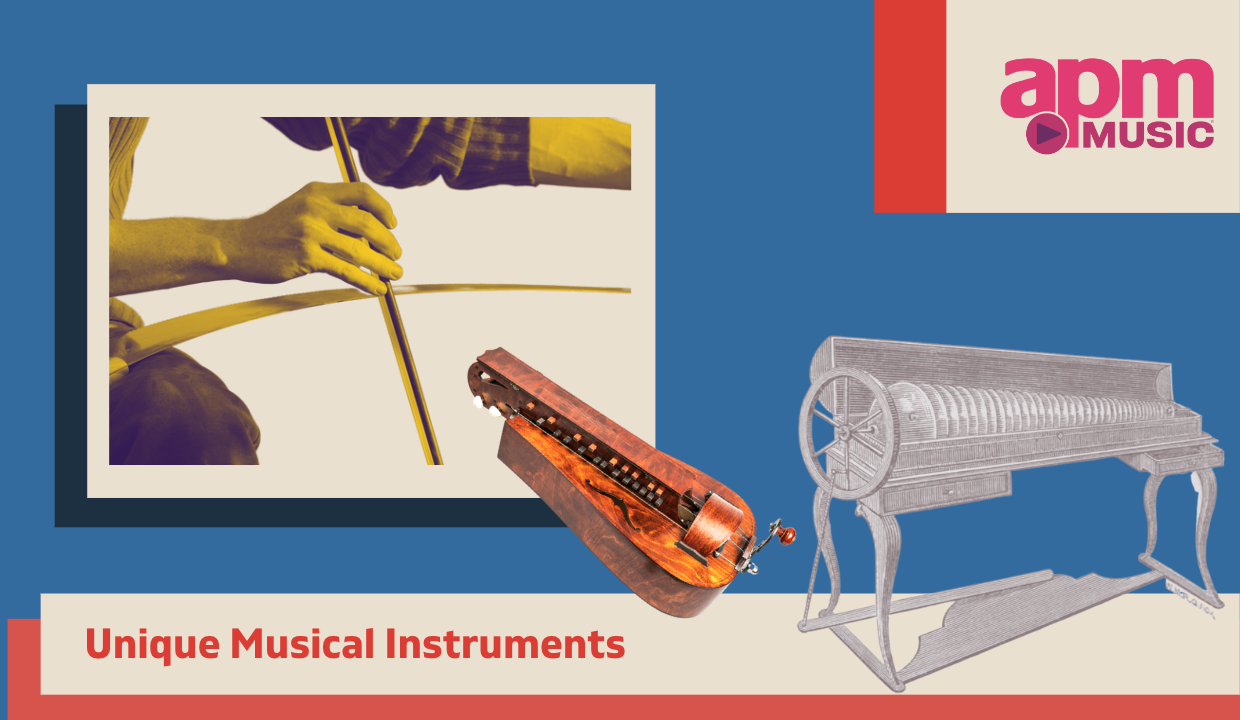
The simplest definition of music is organized sound. The creativity of a composer is augmented by the instruments chosen to create their art and can make a song sound truly unique. Modern technology allows for full symphony orchestras to live inside of your computer, but what about the instruments that are less common? These sounds might be familiar to your ear, but their histories are less well-known.
Here’s a list of unique musical instruments used in production music:
- Glass Harmonica
- Musical Saw
- Hurdy Gurdy
- Waterphone
The glass harmonica, also known as the glass armonica, captures the eerie yet beautiful sounds created from rubbing your moistened fingers along the edge of a wine glass. This mechanical device, invented by none other than Benjamin Franklin, contains concentric glass bowls decreasing in size mounted on a rotating rod. The sound is created from a motorized rotation of the bowls with the musician placing their fingers on the edges of the rotating bowls. This video is a great demonstration of this unique instrument in action.
Here are some APM tracks which feature the glass harmonica:
The hand saw is normally associated with cutting wood, but did you know that these work horses can also double as a musical instrument? The musical saw make a continuous glissando sound by using a violin bow on the flat edge and bending the metal end to create different notes. The resulting sounds are reminiscent of a theremin and are popular sound devices for archival horror film scores as well as a fun twist on Classical music. Here is a fun Classical duet which shows how the musical saw is played.
Check out a couple of APM tracks which feature the musical saw:
Like most people, I was first introduced to the concept of a hurdy-gurdy from Donovan’s 1960s psychedelic rock hit Hurdy Gurdy Man. The hurdy-gurdy is a stringed instrument shaped like a guitar and is played by turning a crank with your left hand which turns a rotating wheel, and pressing wooden keys using your right hand that controls the strings and pitch. Its origins trace back over a thousand years ago with the invention of the organistrum, which was a much larger version of the hurdy-gurdy. The organistrum was used mostly in church services and played by two people: one person turned the wheel crank, and the other person moved the wooden keys to create the music. The much smaller hurdy-gurdy is performed by one person and is featured heavily in music from the Renaissance and early Folk Music. This video is a great demonstration of the instrument and has some historical background as well.
Here are some wonderful examples of the hurdy-gurdy:
Horror movies have scared audiences since the dawn of cinema. One source of sound that immediately creates a creepy feeling is the waterphone, also known as the ocean harp. The waterphone consists of metal rods of varying lengths attached to a circular base with a cylindrical resonator in the center, sometimes filled with water. The eerie sounds are created by using a violin bow or mallets on the outside of the rods. This percussion instrument was invented by Richard Waters in the late 1960s. It is said that the original purpose of the instrument was to call whales in the wild. Famed percussionist Evelyn Glennie has a video which outlines the cool factor of the waterphone.
Here are some blood-curdling examples of the waterphone in action:
Are you seeking a hint of the unexpected in your edit? Let these unique musical instruments add a dash of the bizarre to add a signature color to your sound palette.
By Sarah Scarlata

